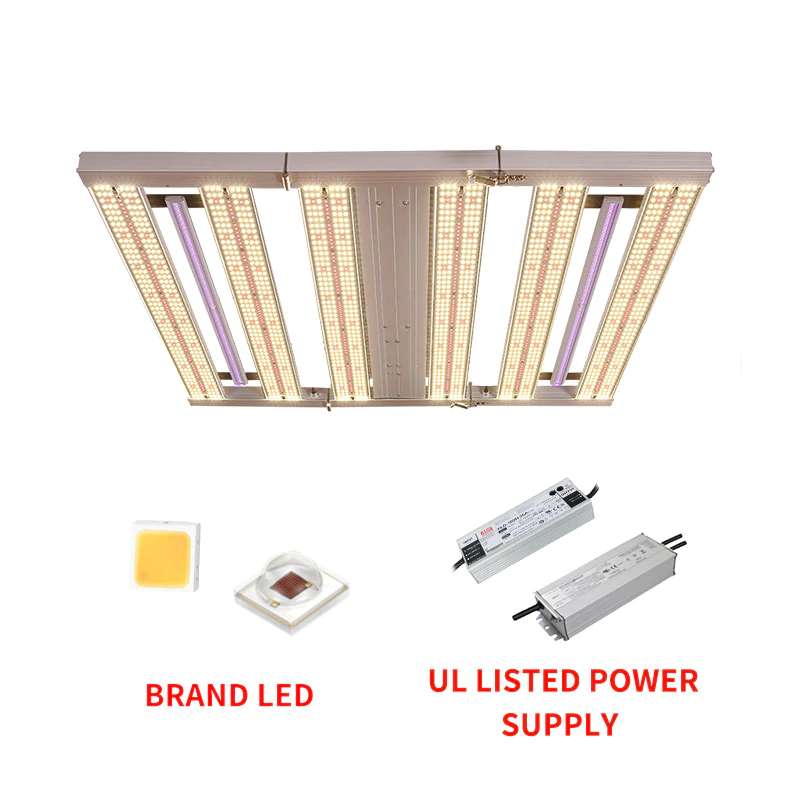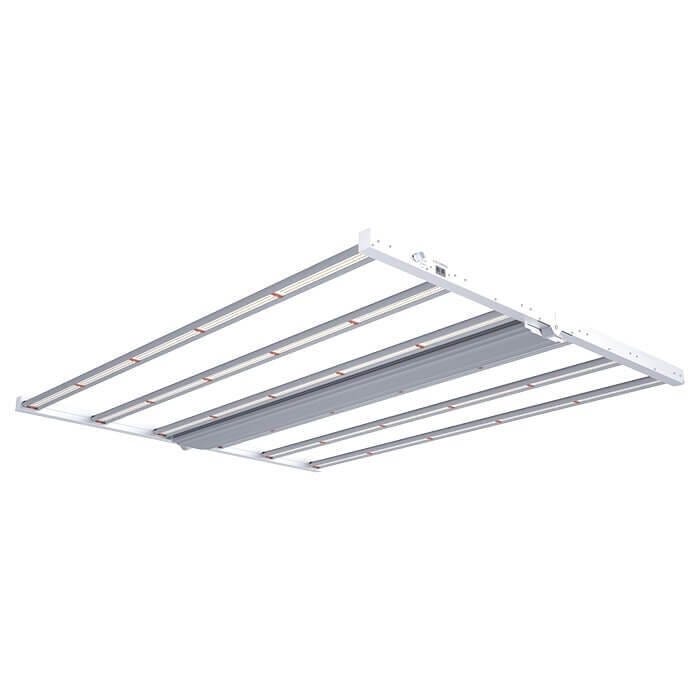ECO Farm UI2 690W Samsung 301B Chips LED Grow Light VS Street Light 680w LED Grow Light
[PR]上記の広告は3ヶ月以上新規記事投稿のないブログに表示されています。新しい記事を書く事で広告が消えます。
ECO Farm UI2 690W Samsung 301B Chips LED Grow Light VS Street Light 680w LED Grow Light
Are you looking for the best LED grow lights? Confused about too many options? If that’s your situation, you’re in the right place. Here’s your ultimate guide to buying grow lights.
We understand how cumbersome it can be to browse through thousands of reviews when you have so many options. So put all your worries aside and check out this ultimate guide to make buying decisions with ease.
What is the importance of light for plants?
For indoor growers, the most important component of growing plants is proper lighting. The type of light you use will have a huge impact on the growth and health of your plant, so it’s important to choose the light source that best suits your growing environment. Strong light is necessary for healthy, vigorous growth of plants. The amount of light a plant needs throughout its growth cycle depends on the type of plant and the environment in which it grows.
ECO Farm UI2 690W Samsung 301B Chips LED Grow Light

Features:
This ECO Farm LED grow light is designed with 8 strips for a more even and complete canopy coverage. Equipped with high efficiency Samsung LM301B diode with extremely low thermal resistance. The plant light is flicker-free and dim, with a lifespan of 50,000 hours. The LED grow light consumes 690 watts at 2240 µmol/s and achieves a satisfactory PPE of 2.8 µmol/J covering high yield full cycle growth of 4'x4'. Each full spectrum LED grow light uses custom 2244 Samsung LM301B diodes. The abundance of wavelength types is consistent with the spectral range of plant photosynthesis. It can concentrate specific wavelengths of light to illuminate crops evenly, controlling plant height and plant nutrients.
Street Light 680w LED Grow Light

Features:
Designed to deliver an astonishing 2.7µmol/J and 1750µmol/s PPF, Street Light LED grow light uses premium Osram and Samsung LED chips to deliver powerful full-spectrum light across six LED strips. Designed for use from the vegetative plant stage to the harvest stage, the Street Light SL-680 offers growers great convenience with an easy-to-use plug-and-play setup that eliminates the need to switch lighting or move plants mid-growing. With a single LED covering the full spectrum 3000K 5000K 660nm 760nm IR, our grow lights are perfect for all growth stages. In addition, it works and supports all growth stages such as bloom and tall growth. This grow light has a dimming knob that powers the unit via an ON/OFF switch and dims it from 0–100. This customization makes LED strip lights ideal for different plant stages and growing environments.
What to Look for in Grow Lights
When it comes to LED grow lights, there are many aspects to consider before deciding on the best option. You must consider the type of light, the crops you are growing and how much light you need, the spectrum, the size of your plantation, and other factors.
Listed below are factors you should consider:
#1 Spectrum
Everyone knows that getting the necessary light output is critical for plant growth. But you don’t know that the spectrum they receive is just as important. Plants you grow outdoors are grown in natural sunlight and will produce every color on the spectrum. Therefore, the best LED grow lights feature full-spectrum grow lights that stimulate natural sunlight and promote plant growth.
Each wavelength in the spectrum affects plant growth differently. Red and blue comprise the most pronounced hues, as blue adds stoutness to plants when they are in the vegetative stage.
Once the plants are in the flowering stage, the red light causes them to stretch out. In addition to these two, plants also utilize different colors; for example, plants do not readily absorb green light for photosynthesis, but it is feasible to transmit light through the plant canopy to areas of less light saturation.
That’s why full-spectrum LED grow lights are a must. With all the color combinations it can help in all stages of growth.
#2 Power/efficacy
When comparing the light output of various grow light fixtures, it’s critical to look beyond wattage. Wattage indicates how much energy the light consumes, not how much light it emits for the plant.
Grow light efficacy, defined as the ability to convert energy into light that crops can use, is an even more important consideration. Since efficiency fluctuates depending on the type of light, even fixtures with the same wattage can produce vastly different light outputs.
#3 Heat Output
One of the concerns when using grow lights is that the heat given off by the bulbs can harm your plants.
LED lights, on the other hand, emit very little heat compared to the amount of light they produce. However, since they generate heat, many versions are equipped with built-in cooling systems to maintain optimal temperature regulation.
Some LED lights include aluminum heat sinks, while others have fans. When choosing grow lights, keep in mind that units with fans can be noisy.
#4 Required Light Output (PPF)
Each plant requires a different amount of light to grow that is an extremely light-hungry plant, requiring far more light than vegetables such as tomatoes.
This is crucial to keep in mind when choosing the best grow lights for your setup. Some plants should have a PPFD of 900–1000 mol/m2/s or higher during flowering, but higher is better.
Conclusion
Grow lights make indoor gardening a lot easier, and they allow you to grow plants at any time of the year, in any climate.
Start seedlings, grow herbs and salad greens, or pamper your houseplants with lights designed to simulate natural sunlight — there’s something for any location or setting.
Easy to use and affordable, you’ll love watching your plants thrive with their nourishment!
